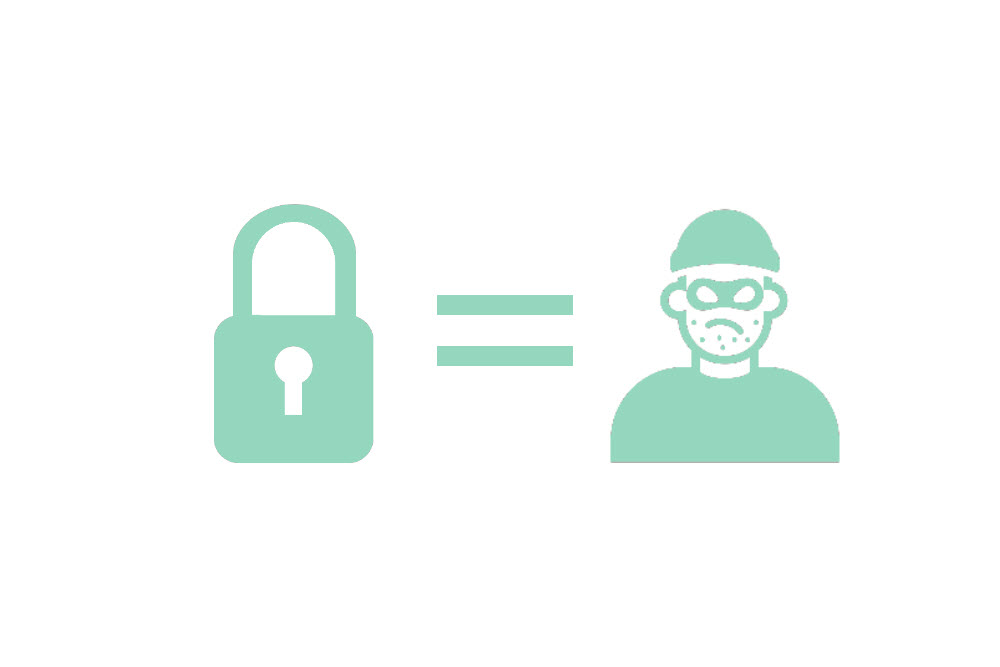Lock your phone. It’s quick and simple. Read this post, then invest the five minutes it takes to do it.
OK, I understand. This seems to directly contradict our last post, but it doesn’t, actually. Last time we were talking about Carrier locks, which prevent your phone from being used on other Carriers’ networks. This time we’re talking about Find My iPhone (FMiP) and Google Factory Reset Protection (FRP) locks. These are known as “Activation Locks” and they’re the ones that discourage thieves from stealing your phone, erasing all the data (or worse, not erasing it) and using it themselves or selling it to someone else. If you’ve locked your phone, it can still be stolen, but your data will be safe and the phone won’t be usable by anyone else, effectively making it worthless to thieves.
Activation locks are associated with other valuable features, including the ability to locate your phone if it’s lost and to remotely erase all the data from your phone. The accounts associated with the locks can also be used to back your device up and sync content to the cloud, which can save you local storage space and make moving to a new phone much easier.
If your phone is ever stolen, make sure you report it to your Carrier, who will report this to GSMA, an organization that maintains a global database of stolen devices. As the market for used smartphones continues to grow, it’s important that we all do what we can to make device theft unprofitable. For our part, we check phones against the GSMA database to ensure that stolen phones are never traded via Cellbie’s marketplace.
Ironic as it may seem, locking the phones is an important part of freeing the phones!
